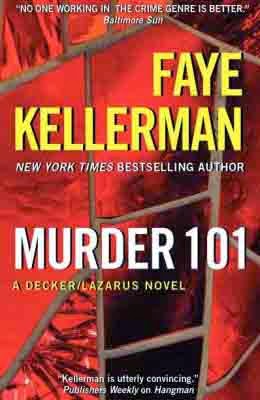I lived a couple of blocks from the river, and the office building I worked in downtown was located riverside on London Street. Naturally, I often walked to and from the office each day along the river, taking advantage of the excellent system of paved city walkways that hugged the river bank.
Given the remoteness of some parts of the track, and the signs of nocturnal delinquency (graffiti, condoms, needles, etc.), I expected most mornings to find a body. I did "find" a couple of drunks and several shifty teenagers, but thankfully never anyone dead. My mind had other ideas. Although I've never used the riverbank walkway specifically as a setting, it has inspired two short stories: Boundary Bridge (where an angry, American TV writer shoves a young man off one of Hamilton's five bridges into the river); and The Riverboat (which curiously ended up being set in the early 20th century, in the deep south of the US).
One Monday morning, however, there was a dead body at the end of my walk. It was in the alleyway next to the front entrance of the office building I worked in (located about 20 yards from the river).
Actually, the body was no longer there; there wasn't even a chalk outline (they don't actually draw those). There was, however, a police line, a couple of dozen evidence markers, a frozen police officer, and a sea of fingerprint powder residue -- every inch of the alley and the building's entrance, every rock, every piece of litter, all of it caked in the stuff.
The police officer was frozen because he was dressed in his uniform of a blue shirt and dark slacks. I, by contrast, was dressed for an Antarctic expedition -- it was the middle of winter. It doesn't snow in Hamilton, but we were down to about 2°C that morning (that's less than 36°F).
According to the slowly-turning-blue representative of the thin blue line, the dead body of a man had been discovered in the early hours of the morning. The street had been closed off and a forensics team brought in to examine the scene. Yes, the man had been murdered.
The body had been taken away about 30 minutes before I arrived. The remaining officer was standing watch, preserving the scene (possibly forever) as the detective in charge hadn't given the all clear, which meant access to the building was a no go.
"You're not going in there, mate," said the officer, who must have been made out of concrete -- or was slowly turning into concrete.
"When can I go in? I work on the second floor of that building."
"I think you might be getting the day off, mate."
That was nice of him.
My boss (who arrived a few minutes later), when informed of this hindrance in our approach to our desks, and at our being given a day's holiday by the constabulary, said, "This is not good enough." Actually, he didn't say that, but that was the implication I could extract from the obscenities.
After about an hour, the all clear was finally given and we were allowed to enter the building -- to thaw out from the cold. It was a gloomy day at the office; not a joke was uttered. Bad taste took that offered day's holiday. The media had a vulture's picnic on the doorstep, and the scene of the crime became a tourist destination for Hamilton's lowlifes.
In the afternoon, a friend said: "I suppose you'll use this murder in a story?"
My reply was "No".
I make a very clear separation in my mind between real murder and imaginary murder, and I don't have a lot to do with the real stuff. Sure, I read about such stories in the newspaper, but note them only in passing. I don't believe I've written any story inspired by real life events.
The thing about writing crime fiction (and the operative word here is fiction) is that I get to make it all up. And importantly, I get to serve up justice where and how I see fit. Murder in the real world isn't that neat and tidy, and most writers, I guess, write because we want to bring order to that chaos... And I won't write anymore on that line of thought, as I'm sure there are at least 50,000 university papers already collecting dust.
Real murder is complicated. It's ugly and banal. The "wonderful" killers I get to write about don't exist in the real world (inventing "Moriarty" types is a big part of the fun of writing).
| Hamilton, New Zealand, June 2010 The dead man in London Street was Donald Alfred Stewart. He was 74. Towards midnight on Sunday 27 June, he stopped his car to use a public restroom in the central city. He was murdered for his car keys. His killer, a boy aged 14, and his accomplices, aged 15 and 17, were caught within days. All three were tried, convicted, and jailed. Click here for New Zealand Herald report |
 |
Be seeing you…
www.StephenRoss.net


























.jpg)




